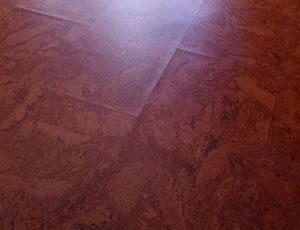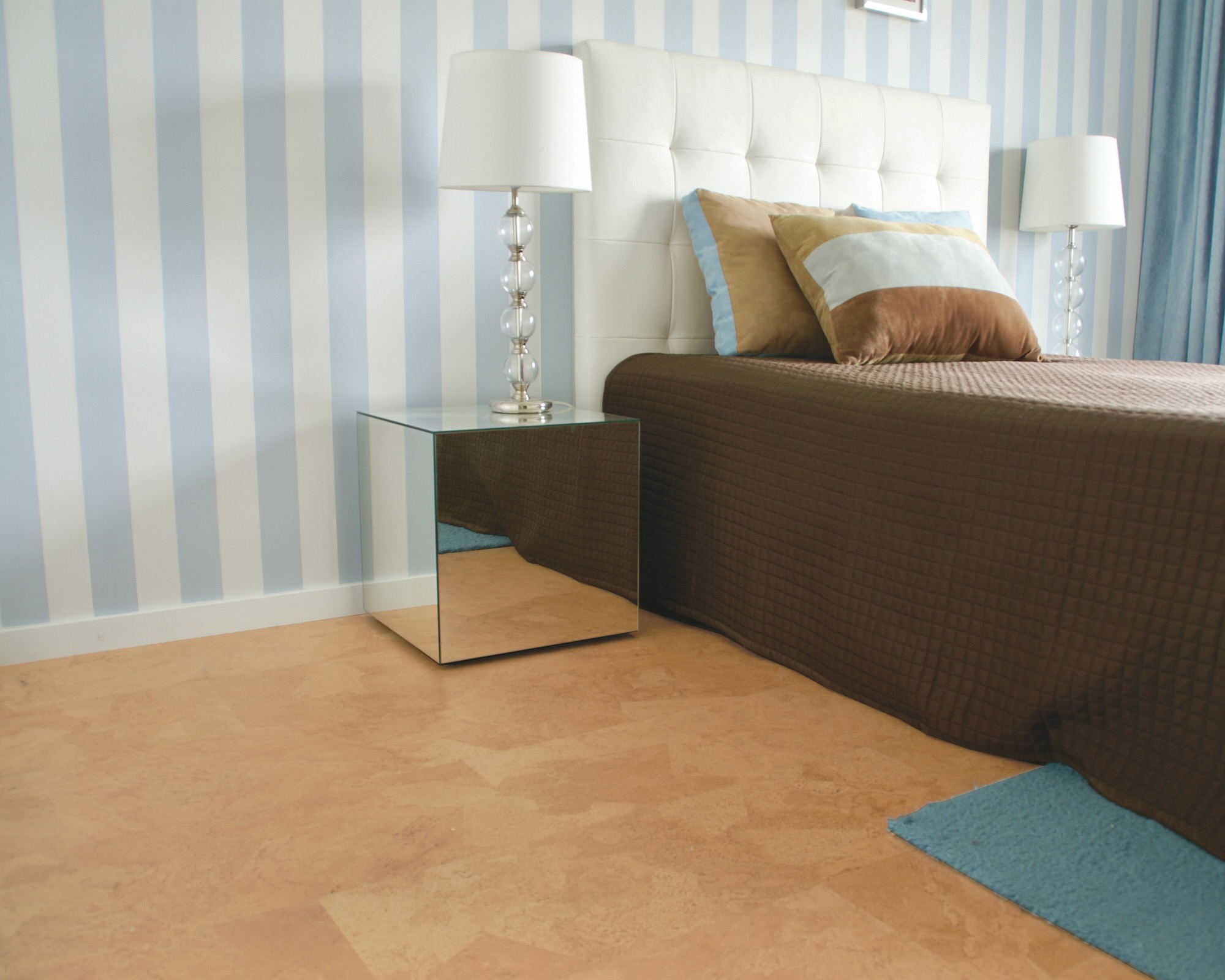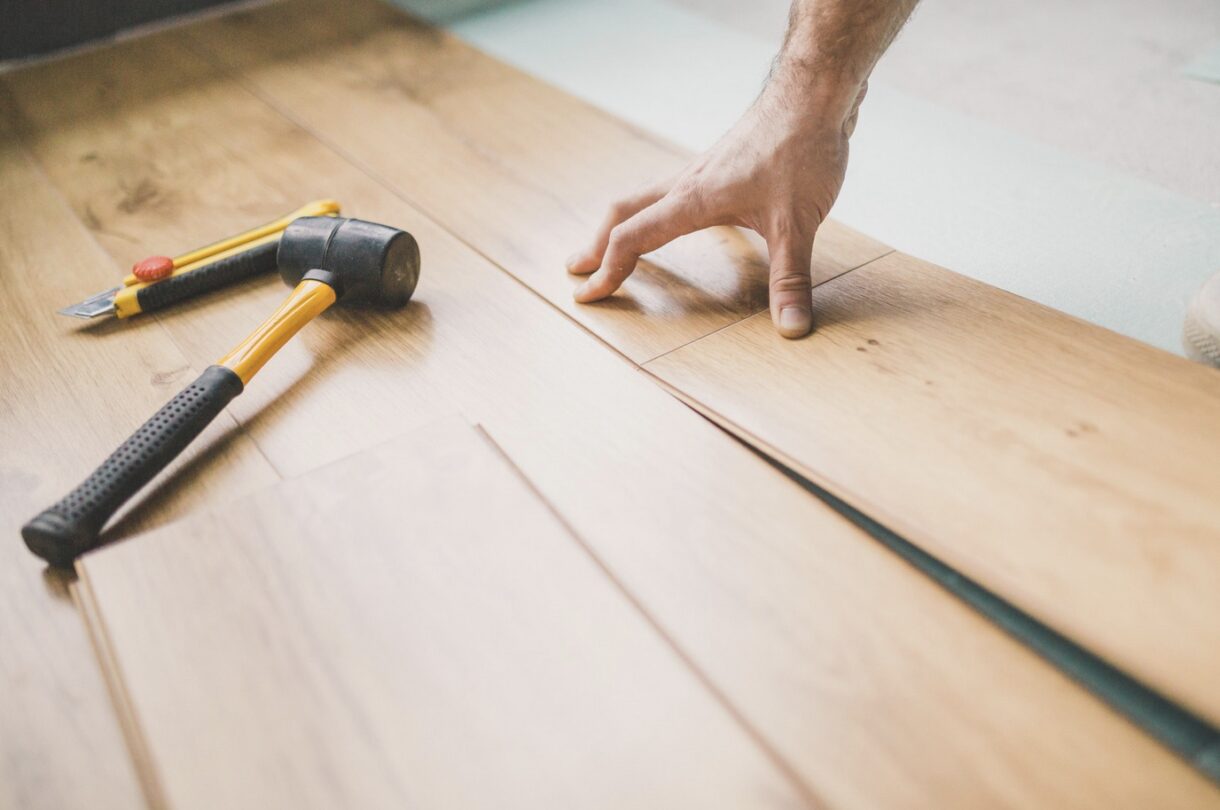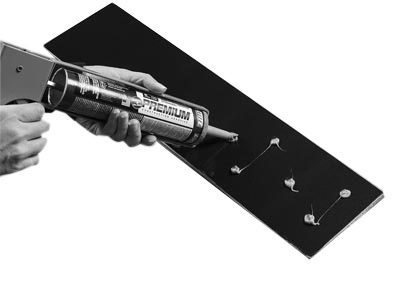Glue Down Tile Installation
What are the problems with a trowel on adhesive with cork glue down tiles that require contact cement adhesive?
Somewhere out there, there are videos of installers laying cork tiles with a trowel on adhesive. That video has ruined plenty of Forna Cork glue down floors. Most of todays’ glue down cork tiles require water based contact cement adhesive to attach the cork to the subfloor. Many have tried to side step this requirement and they have all failed – miserably. There was a time when cork tile producers used a “stiffening” agent – such as fibreglass – to make the tiles rigid (there could be very little in the way of subfloor variation with these tiles). This rigidity prevented these tiles from curling when a trowel on adhesive was used. Today these types of tiles are rare and have very few producers. The biggest problem has to do with CARB requirements and solvent based adhesives used to produce the “stiffened” product as well as the types of adhesives required to lay this type of tile. The rules simply do not allow for this style of cork glue down tile.
Forna Cork tiles are made out of 100% cork and are very flexible (they can wrap around a telephone pole). This flexibility means they are very sensitive to changes in moisture levels. Cork tiles that are subjected to a “wet stick” become, well, wet. That means the bottom of the tile will expand while the top of the tile remains stable. This causes the tiles to curl. This is normal. This is what happens to any form of wood. A curled tile, that has not been laid, is not a problem. A curled tile that is now cured and in place on a floor = BIG PROBLEM. That curled tile has to be removed, and the floor laid again.
A contact cement adhesive requires very little product applied to the tile and very little applied to the subfloor. The two surfaces are then allowed to dry, or flash, separately. This form of cure is very fast. So fast the tiles do not have time to absorb moisture and expand or curl. The two surfaces are then brought together to form an instant bond. This bond is then firm enough to stop the cork tile from curling – even if it wanted to.
Imagine a flexible cork tile placed into a wet adhesive – like trowel-on glue. The glue will remain wet for many hours after the contractor has left for the day. When s/he leaves, the floor will look beautifully flat and well installed. The level of moisture in the glue is enough to cause the cork to curl. The curl will not be held in check because the glue has not cured enough to prevent the tile from moving – it is still wet. In the hours that take the glue to dry, out of sight of the contractor, the cork tiles will have curled enough to make the edges rise off the floor. At that point the glue will have almost reached its cure/hardened position. Once the glue hardens, the cork tile is now hardened, curl and all, into position. There is very little the flooring contractor can do to fix this without removing the tiles. The only cure for this is to remove the floor, remove the glue, sand off any remains of adhesive and start again – with new product and the right adhesive – water based contact cement.
A cork tile that requires contact cement adhesive is not designed for a wet stick. Any attempt to use a wet-stick will result in failure. The time and money it will take to do away with the failed product and start again will more than double the original purchase price. More than a dozen installers or homeowners have attempted this wet-stick with Forna Cork tiles in the past two years. And all of them have had to do the job again and at their own expense.








